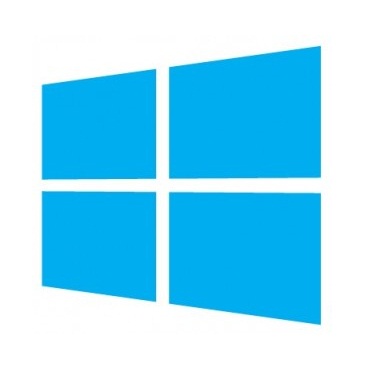Windows 8 Improves Support For Multiple Monitors

Microsoft is to make it much easier to use multiple monitors in Windows 8, in order to aid productivity
Microsoft has revealed that it has made it easier for Windows 8 to support multiple monitors.
In a 21 May blog post, Mark Yalovsky, a lead program manager on the Windows 8 User Experience team, went into great detail about the enhancements, noting that connecting multiple monitors to a PC is one of the easiest ways to enhance your Windows experience.
Productivity Move
“From the very first public release and demonstrations of Windows 8, we have shown improvements over Windows 7 for multi-monitor scenarios and have shown how we support new Metro-style apps within a multi-monitor environment,” wrote Steven Sinofsky, Microsoft’s president of Windows, in an introductory note to Yalovsky’s post on the Building Windows 8 blog. “We have continued to develop and refine features for multiple monitors and have significantly enhanced the experience as we move to our next milestone, the Release Preview. This post provides a bit of a preview of work that was not yet complete at the Consumer Preview, and serves as a reminder that the Developer Preview and Consumer Preview were works in progress.”
 A multi-monitor setup enables users to be more productive by having more windows across multiple screens, Yalovsky said, noting that many technical professionals already use multiple monitors in their work. Data collected through the Windows Feedback Program indicates that approximately 14 percent of desktop PCs and approximately 5 percent of laptop PCs have run with multiple monitors. And on a personal note, Yalovsky said he has had a multi-monitor setup for the past 10 years.
A multi-monitor setup enables users to be more productive by having more windows across multiple screens, Yalovsky said, noting that many technical professionals already use multiple monitors in their work. Data collected through the Windows Feedback Program indicates that approximately 14 percent of desktop PCs and approximately 5 percent of laptop PCs have run with multiple monitors. And on a personal note, Yalovsky said he has had a multi-monitor setup for the past 10 years.
Indeed, a trip down the halls at Microsoft provides a good example of how technical professionals use multiple monitors, as many of the engineers use anywhere from two to four monitors.
“This affords two important scenarios,” Yalovsky said “First, developers can use a tool like Visual Studio on one screen and have the running/debugged program on another, or they can add an additional monitor and reserve it for side tasks such as email or Web browsing.”
Overall, Yalovsky said Microsoft’s multi-monitor goals for Windows 8 were to:
- Make the desktop a more personal experience. Perhaps the most personalised feature on the desktop is the ability to customize the desktop background. The company set out to make this a great experience on multiple monitors, too.
- Improve the efficiency of accessing apps across monitors. In Windows 7, the top request from people using multiple monitors was to improve the task bar efficiency.
- Improve the efficiency of accessing system UI. In Windows 7, users could only access the start menu on one monitor. With the introduction in Windows 8 of a new UI that puts controls at the edges of the screen, we wanted to make sure that it’s still easy to access start, the charms, the clock and recently used apps from every monitor.
- Allow side-by-side Metro-style and desktop apps. Users can launch or move a Metro-style app to any monitor, side-by-side with desktop apps on another screen.
Better Support
So with Windows 8, Microsoft enables users to customise the desktop background for each monitor in a multi-monitor setup. Microsoft also enables multi-monitor slide shows and lets users span a single panoramic picture across multiple monitors. Windows 8 also features multi-monitor support for the task bar.
In addition, Yalovsky said Windows 8 allows users to launch and move the new Metro-style apps to any monitor in a multi-monitor setup.
“We have lots of ideas for how we could do even more with Metro-style apps on multiple monitors,” Yalovsky said. “Our goal for Windows 8 is to deliver a great Metro-style app experience alongside desktop apps, improving multitasking efficiency and making it easy to access the controls you need along the edges of every screen. We wanted to make sure your desktop experience was even more efficient, with new functionality, such as the spanning taskbar, and we wanted you to also have access to Metro-style apps while you’re also using the desktop. As we see new apps developed, and as we see how developers might want to take advantage of multi-monitor configurations in new ways with immersive and full-screen apps, we will, of course, enhance this experience (and APIs) even further.”
How well do you know your operating systems? Take our quiz!